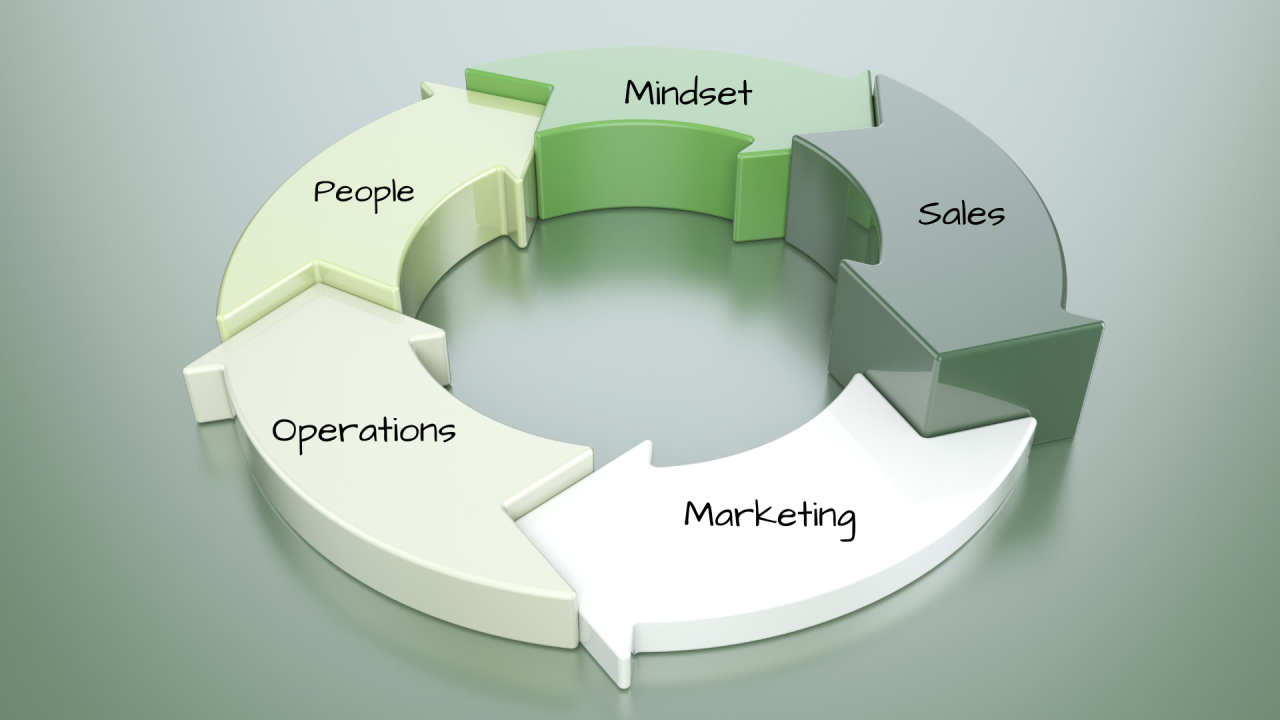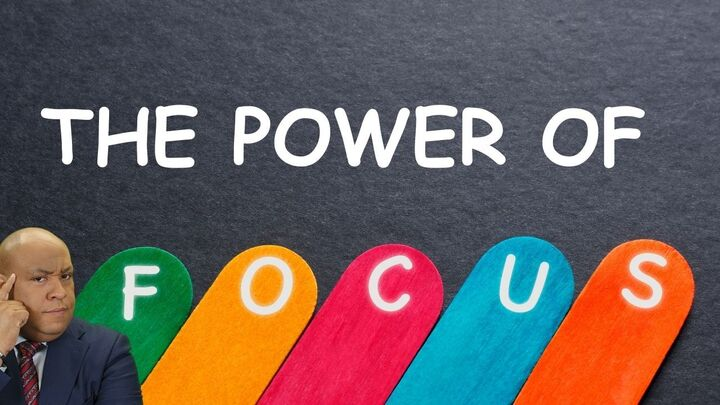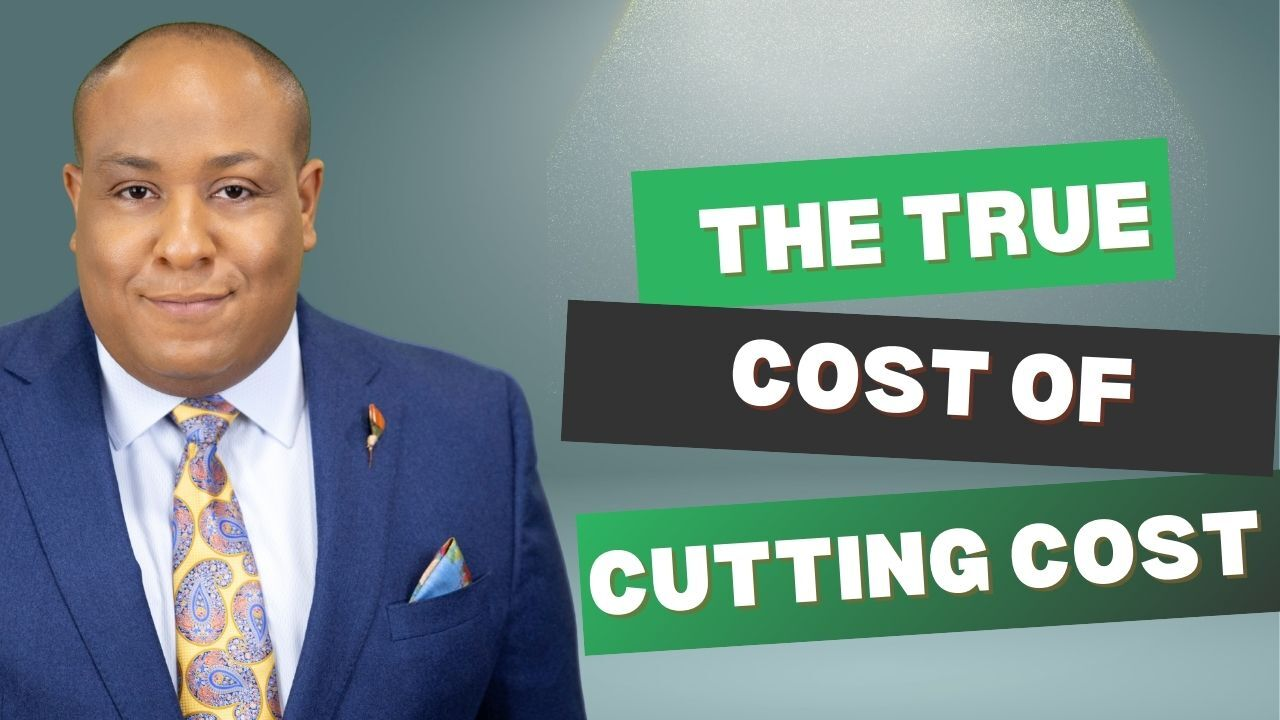804-414-8051
Enhancing Your Company's Performance: The Essential Five Pillars Strategy
Cory Mosley

In today’s competitive market, the difference between success and stagnation often comes down to the ability to adapt and innovate. To guide your company towards sustainable growth, it's crucial to understand and implement the Five Pillars Strategy—a comprehensive approach that transforms the core of your business.
This strategy is not just about refining existing processes but about initiating profound change, starting with the often overlooked yet vital element: mindset.
The Foundation of Change: Mindset
“Change is difficult enough, but having a leader that's not open to it…” This highlights the importance of a growth mindset among leadership. Before embarking on strategic changes or operational improvements, leaders must ask: Are you truly open to evolution?
A growth mindset is the cornerstone of the Five Pillars Strategy. Without it, even the most innovative ideas can falter. For companies rooted in traditional methods, embracing this shift in perspective is both the beginning and the ongoing support for meaningful transformation.
Pillars Beyond Mindset
Once the mindset is established, focus on the other four pillars: processes, people, marketing, and positioning. Each pillar is integral to your business's ecosystem, influencing and enhancing the others.
- Processes: These are critical for operational efficiency. Clinging to outdated methods can impede growth. Embrace innovation and leverage new technologies to tackle current challenges effectively.
- People: This pillar underscores the importance of having a team that is not only skilled but also aligned with your vision and adaptable. Invest in leadership development and foster a culture of continuous learning.
- Marketing: Effective marketing goes beyond promotion. It involves branding, engagement, and building consumer trust, which directly impacts your company's reputation and success.
- Positioning: This pillar focuses on how you differentiate yourself in a crowded market. It’s about innovative thinking and anticipating or creating market shifts.
Integrating the Five Pillars: Achieving Symbiosis
The Five Pillars Strategy is most powerful when these elements work together harmoniously. Think of it like Voltron—each pillar is strong on its own, but together, they create unparalleled strength and effectiveness.
The Three W's Approach
This strategy includes a valuable method of analysis known as the Three W's: What are we doing now? Why do we do it this way? What better way can we do it? This cycle of questioning encourages continuous improvement and fosters a culture of curiosity and openness.
Understanding the core issues—rather than just addressing surface-level problems—is crucial. The Three W's help identify the root causes, guiding you towards meaningful and effective change.
Taking the Leap: Are You Ready?
Embracing this strategy requires introspection and bold innovation. Leaders must challenge the status quo and be open to change, not just in strategy but in mindset. Great achievements begin with a willingness to try and persevere through uncertainty.
Key Takeaways
- Embrace a Growth Mindset: Openness to change is the foundation for all other pillars. Without it, progress remains elusive.
- Harmonize the Five Pillars: Ensure that strategy, people, processes, marketing, and positioning work together to create synergy and drive growth.
- Employ the Three W's: Regularly question your practices to understand not only the "what" and the "why," but also the potential for a better "how."
- Acknowledge the Core Issue: Distinguish between superficial problems and root causes to effectively pivot your strategy.
- Leadership Initiative: Transformation begins with leaders who model adaptability and vision.
The Five Pillars Strategy is more than a set of procedures; it’s a commitment to continuous evolution and relevance in a rapidly changing world.
Ready to Transform Your Business?
Are you prepared to take your organization from stagnation to growth? Dive deeper into how the Five Pillars Strategy can revolutionize your company's performance. Visit
corymosley.com to learn more and start your journey towards transformative success.
Similar Posts




Contact
Mosley Strategy Group LLC
2810 N. Parham Road Suite 360
Henrico, VA 23294
804-414-8051
hello[at]corymosley.com
Links
Affiliated Brands
© 2025 Mosley Strategy Group LLC. All Rights Reserved
